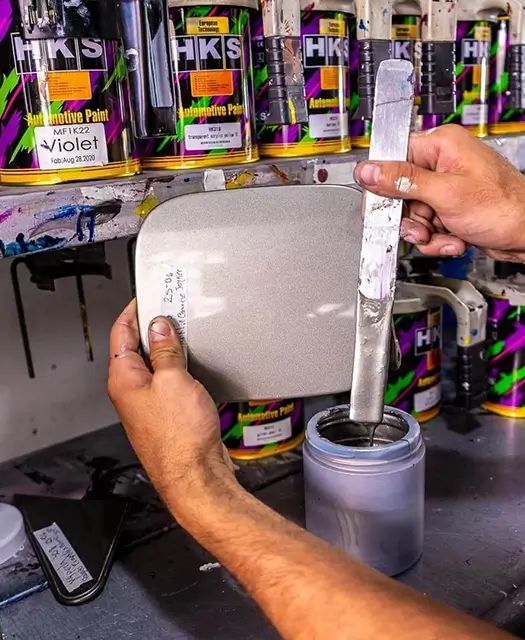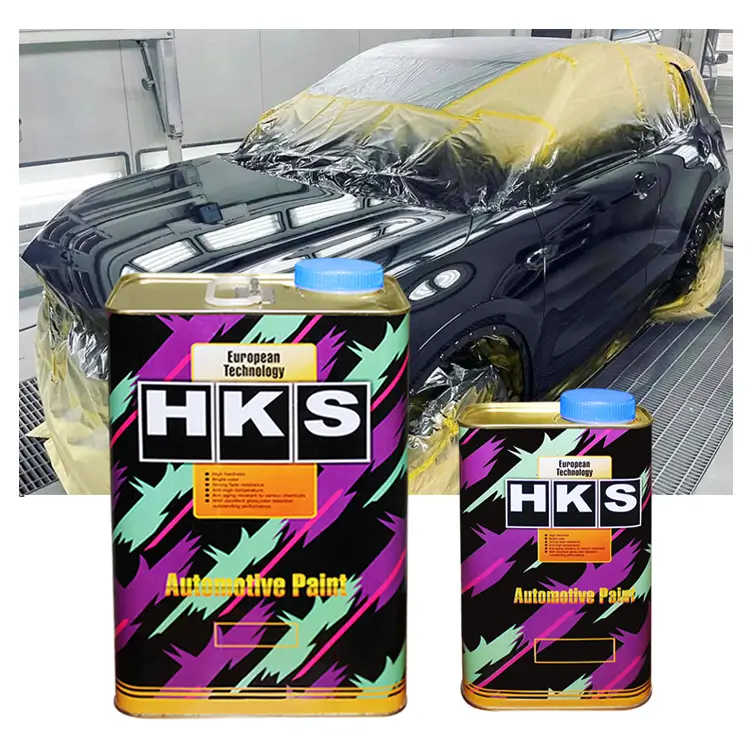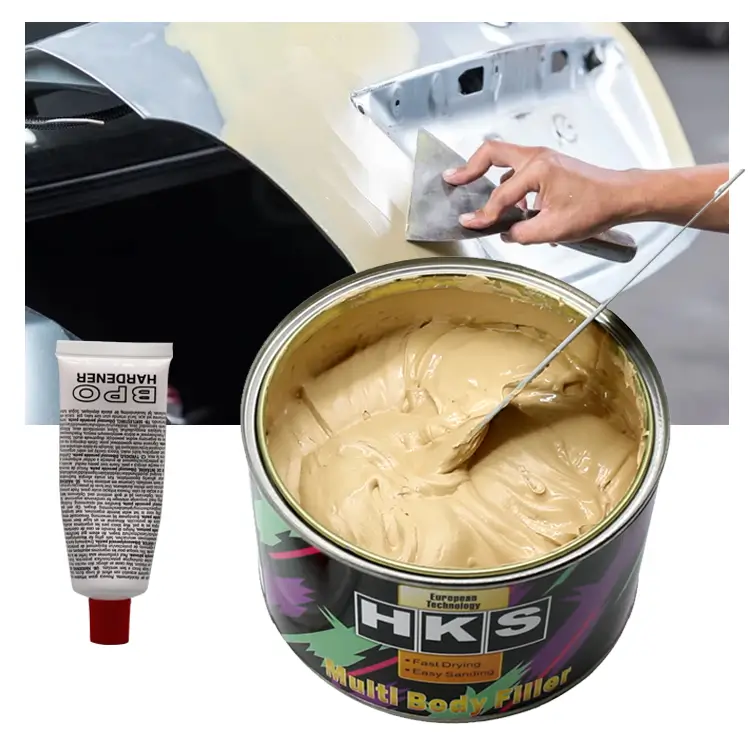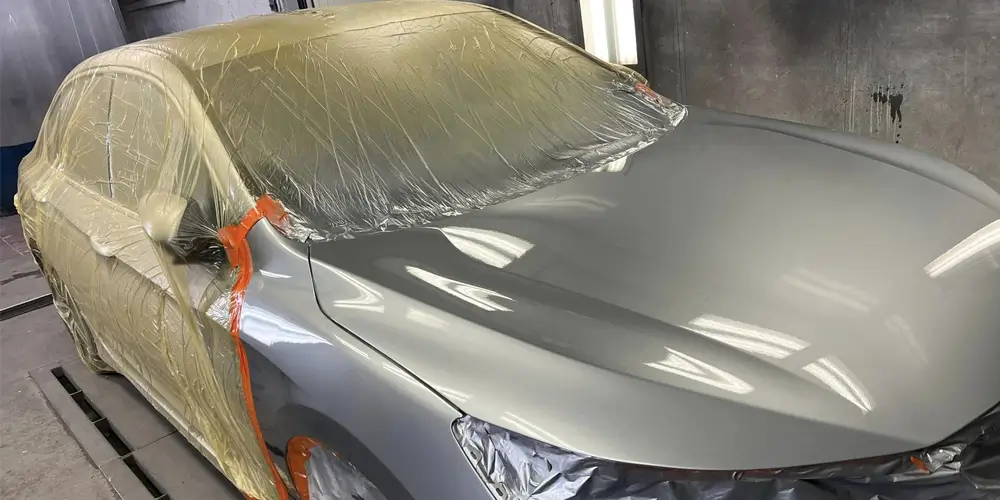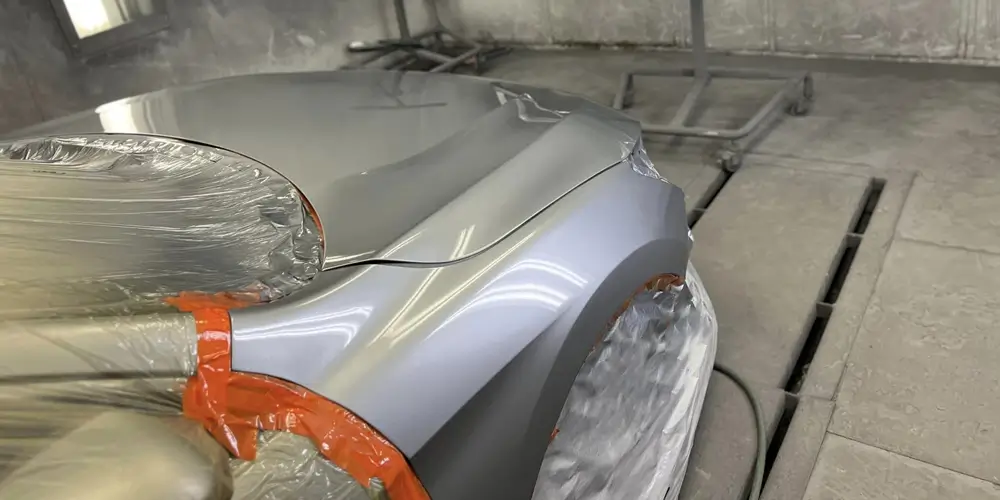Automotive Paint Base Coat
Automotive paint plays a crucial role in enhancing the aesthetic appeal of vehicles while providing protection against environmental elements. Among the various layers that constitute automotive paint, the base coat is a key component that significantly contributes to the final appearance of a vehicle. In this comprehensive article, we will delve into the world of automotive paint base coats, exploring their composition, application process, types, and the latest innovations in the industry.
I. Understanding Automotive Paint Base Coat
A. Composition
The base coat is the middle layer in the three-layer automotive painting process, sandwiched between the primer and clear coat. Its primary function is to provide color and depth to the vehicle's finish. The composition of the base coat includes pigments, binders, solvents, and additives.
Pigments: One of the primary components of the automotive paint base coat is pigments, responsible for imparting color to the coating. The choice and ratio of pigments influence the final appearance of the color.
Binders: Binders are another key component, ensuring good adhesion between the base coat, primer, and clear coat. They also provide durability, allowing the coating to withstand daily use and environmental factors.
Solvents: Solvents in automotive paint control the viscosity of the coating, making it suitable for spraying. They evaporate after the coating is applied, leaving behind a uniform film.
B. Application Process
The application of the base coat is a meticulous process that requires precision and expertise. Before applying the base coat, the vehicle's surface is prepared by applying a primer to ensure proper adhesion. The base coat is then sprayed onto the primed surface in multiple layers to achieve the desired color intensity. The application process may involve manual spraying or the use of automated painting systems, depending on the manufacturing facility and requirements.
II. Types of Automotive Paint Base Coats
A. Solvent-based Base Coats
Traditionally, solvent-based base coats have been widely used in the automotive industry. These base coats contain volatile organic compounds (VOCs) that evaporate during the drying process. While effective in providing vibrant colors and a glossy finish, solvent-based base coats have environmental implications due to VOC emissions.
B. Waterborne Base Coats
With a growing emphasis on environmental sustainability, waterborne base coats have gained popularity. These formulations use water as a carrier instead of traditional solvents, reducing VOC emissions significantly. Waterborne base coats offer excellent color matching and coverage while promoting eco-friendly practices in automotive manufacturing.
C. High-Solid Base Coats
High-solid base coats are designed to have a higher solid content and lower solvent content, resulting in reduced emissions. This type of base coat offers improved coverage and color depth with fewer layers, contributing to efficiency in the painting process. High-solid base coats align with the industry's commitment to sustainability and reduced environmental impact.
III. Advancements in Automotive Paint Base Coats
A. Pearlescent and Metallic Finishes
Innovation in base coat formulations has led to the development of pearlescent and metallic finishes that add a unique visual dimension to vehicle exteriors. These finishes use special pigments that create a shimmering effect, enhancing the overall appearance of the vehicle.
B. Color-shifting Technology
Some automotive paint base coats now incorporate color-shifting technology, allowing the vehicle's color to change depending on the viewing angle and lighting conditions. This cutting-edge technology adds a dynamic element to automotive finishes, captivating attention and elevating the overall aesthetic.
C. Self-healing Base Coats
In response to the demand for increased durability, self-healing base coats have been introduced. These coatings contain special polymers that can repair minor scratches and abrasions over time, maintaining the vehicle's appearance and reducing the need for frequent touch-ups.
IV. Challenges and Future Trends
A. Environmental Regulations
One of the ongoing challenges in the automotive paint industry is compliance with increasingly stringent environmental regulations. Manufacturers continue to invest in research and development to create base coat formulations that meet or exceed regulatory standards while maintaining performance and visual appeal.
B. Digital Color Matching
The industry is witnessing a shift towards digital color matching technologies that enhance accuracy and efficiency in creating custom colors for automotive paint. Computerized systems enable precise color reproduction, reducing the margin for error and ensuring consistency across different batches.
C. Smart Coatings
As technology advances, the concept of smart coatings is emerging in the automotive paint sector. These coatings may include features such as temperature-responsive color changes or coatings with anti-microbial properties. Smart coatings represent a fascinating intersection between automotive design and cutting-edge materials science.
V. Conclusion
In conclusion, the automotive paint base coat is a crucial component in achieving the desired appearance and protection for vehicles. From traditional solvent-based formulations to environmentally friendly waterborne options, the industry continues to evolve. Innovations such as pearlescent finishes, color-shifting technology, and self-healing coatings showcase the commitment to pushing the boundaries of what is possible in automotive paint.
As environmental considerations become increasingly important, the industry faces challenges that drive the development of eco-friendly solutions. The future holds exciting possibilities with advancements in digital color matching, smart coatings, and continued efforts to balance aesthetics with sustainability. The automotive paint base coat remains a dynamic and evolving aspect of vehicle manufacturing, blending artistry with technology to create stunning and enduring finishes.
Source of this article:https://www.supersybon.com
Get to know us through more channels:

